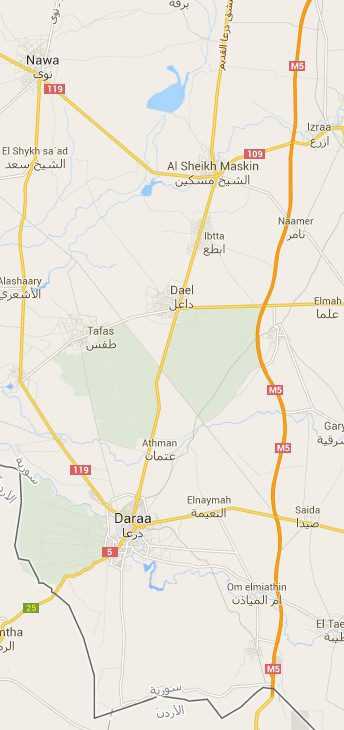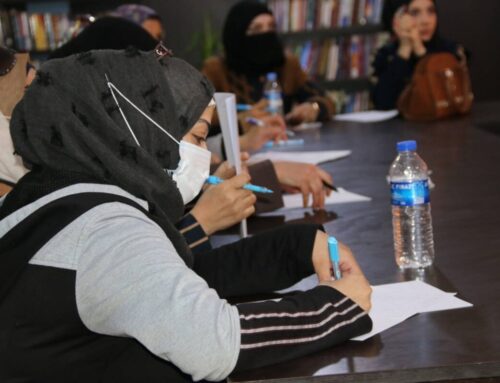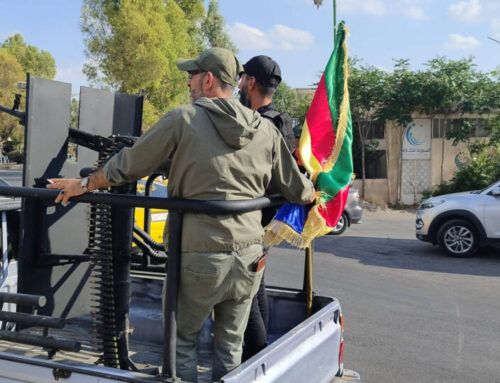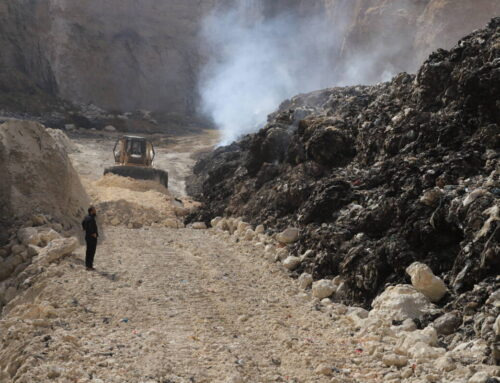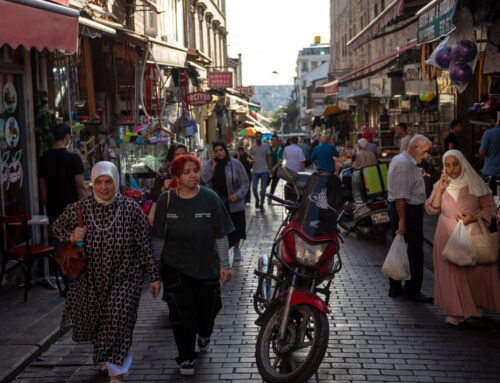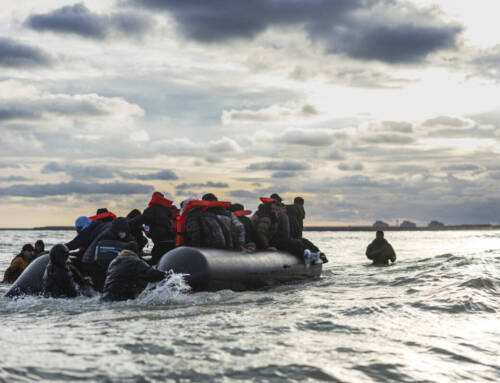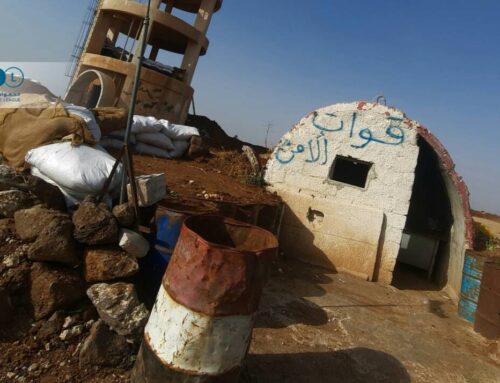Three years later, south Syria’s Daraa province locked in stalemate
March 20, 2014 By Mohammed Ali al-Haj Ali and Elizabeth […]
20 March 2014
March 20, 2014
By Mohammed Ali al-Haj Ali and Elizabeth Parker-Magyar
Three years this week after thousands of anti-government demonstrators streamed into the streets of Daraa al-Balad, the southern half of the provincial capital remains locked in a relentless impasse between rebel and regime fighters.

Now, “rebels control 90 percent of Daraa al-Balad and the regime is
only present in the district of al-Mansheya,” a rebel commander told Syria Direct. But from al-Mansheya, the government keeps a military barracks, from which it oversees a supply road and valley into the city of Daraa itself.
It’s a pattern that holds throughout the southern province: the vast majority of citizens live under rebel control, but the Syrian government clings to a chain of military installations, scattered near critical highways or overlooks, maintaining their supply routes and bastions from which to shell rebel areas.
Rebels control three primary routes into the city of Daraa: one from the northwestern town of Yadudeh, one south of the town of Dael and one east from al-Naimeh. But the regime retains a hold of the M-5 highway south of the village of Kherbet Ghazaleh, between the towns of Dael and Elmah. From there, it resupplies its troops via an alternate side-road southwest into the city.
Rebels and citizens in Daraa are relatively isolated from the rest of the nation, landlocked by tightly sealed borders with Jordan and the Israeli-occupied Golan Heights to the south and west and government-controlled Damascus and Suweida to the north and east. As Syria’s government trumpets ceasefires in the Damascus suburbs and victories in the Qalamoun region, rebels in Daraa have been unable to progress north past the line of regime-held towns at Nawa, Sheikh Maskeen and Izraa, even as daily clashes continue.
“The regime has taken defensive positions, but it cannot attack from these positions,” said Anwar al-Bardam, a leader of the Free Syrian Army-affiliated Ahl a-Sunna brigade.
‘The regime is in control of more strategically important locations that divide the Houran,” he added, referring to the area of southern Syria stretching through Daraa, Quneitra and Suweida provinces.
Meanwhile, the Syrian air force continues to drop barrel bombs in contested areas. This week, the barrel bombing campaign has focused on al-Naimeh, near where rebels freed 294 prisoners from the Gharaz prison on Wednesday.
While larger coalitions like the Islamic Front or the Syrian Revolutionaries Front have come to dictate military movements elsewhere in Syria, armed opposition groups in Daraa have remained highly localized, despite the enduring power of Jabhat a-Nusra.
 Destruction in Daraa al-Balad three years after protests began. Photo courtesy of Lens of a Darawi Shab.
Destruction in Daraa al-Balad three years after protests began. Photo courtesy of Lens of a Darawi Shab.
In February, as rumors circulated that Saudi Arabia, the U.S. and others would redouble efforts to arm Syria’s rebels with heavier weaponry, local groups announced a slew of unifications. But thus far, says Bardam, rebels are still waiting.
“Obviously, the main reason [rebels have yet to advance] is that no new weapons have arrived,” he said.
Instead, they make do with what they can make or capture. Rebel groups “have what are considered ‘individual weapons,’ in addition to whatever they can capture from regime forces,” he said.
‘The cradle of the revolution’
Three years ago today, protesters in Daraa sparked the Syrian conflict, chanting Al-sha’ab yureed isqat al-muhafiz—“the people want to bring down the governor,” in response to the recent arrest of a dozen children for scrawling anti-government graffiti on the wall of a local school.
Protesters chant Al-sha’ab yureed isqat al-muhafiz, “the people want to bring down the governor,” on March 18th, 2011.
Today, following regime victory in Qalamoun and a series of ceasefires in the Damascus suburbs, the landlocked province on the tightened border with Jordan and the Golan Heights is more isolated than ever.
One activist says the rebels in Daraa, known in Syria as “the cradle of the revolution,” are finished asking the international community for assistance in breaking the deadlock.
“We’re done begging. We have lost hope in talking, in imploring this world that just looks on,” said Jawad Yussef al-Muslima, an activist at the Syrian Local Coordination Committee.
“We want to say that we will win, with or without you.”
For more from Syria Direct, like us on Facebook or follow us on Twitter.

